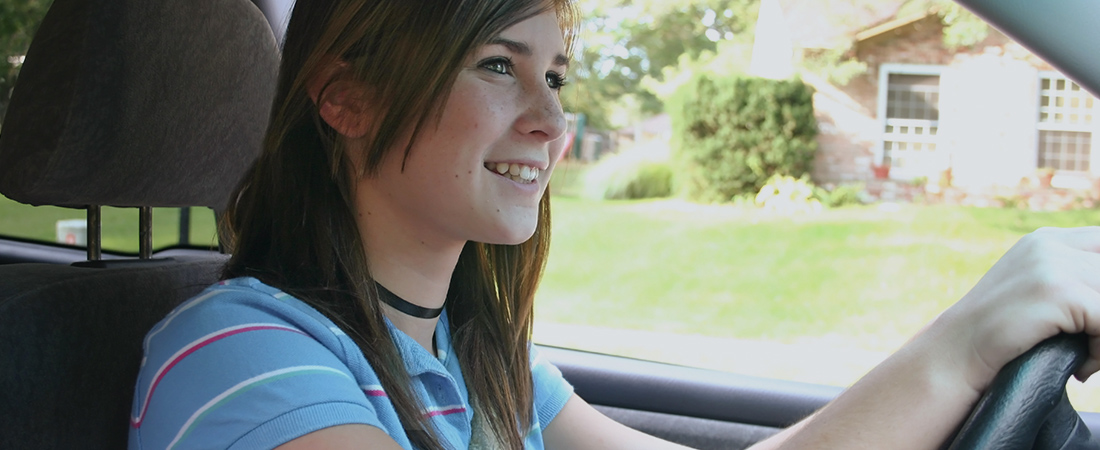Driver Safety Is No Accident

By most measures, Nebraska’s Graduated Driving Licensing (GDL) program, which governs motor vehicle use for teenage drivers, has been a success. Since the law went into effect in 1998, teen driving fatalities in the state have decreased 60 percent. And in 2016, only 20 teen drivers were involved in fatal crashes—the lowest number in years.
But at 13.3 deaths per 100,000 teenagers, the rate of teen fatalities due to motor vehicle crashes in Nebraska is still nearly twice the national average of 7.2 per 100,000.
With research showing that implementation of GDL restrictions does lower fatalities, Jeanne Bietz, Nebraska’s motor vehicle safety coordinator, believes that the key to saving more lives is to better educate the people with the greatest responsibility for monitoring and enforcing these restrictions—parents.
“When parents in Nebraska want information about teen driver licensing, they often go to the state’s drivers’ manual and the department of motor vehicles,” says Bietz. “But these sources focus on the process for licensure, not driving rules and regulations for teens. So a lot of parents just don’t know that teens face driving restrictions. We have a lot of work to do.”
For the past 18 months, Bietz and a team from Nebraska has been working with the Child Safety Collaborative Innovation and Improvement Network (CS CoIIN), a program of the Children’s Safety Network (CSN) at EDC, to identify ways to better inform Nebraska parents about GDL.
Getting results
The team first designed a card to educate parents about the requirements and benefits of the GDL program, which in Nebraska, begins as early as 14 1/4 years and encompasses four different types of permits.
Next, it was time to test the card. Rather than using a standard statewide evaluation, which would have taken months to conduct, Bietz opted for a series of parent focus groups. She credits the CS CoIIN with helping her develop a plan that gave her accurate, timely feedback.
“I was glad to focus on the immediate data we could collect from our target groups,” Bietz says.
The focus groups generated important insights. Not only did they confirm Bietz’s belief that many parents had limited information about GDL, but they also showed that the card was effective in informing parents about teen driving practices. Feedback from these focus groups was incorporated into a second version of the card, which was then disseminated in five Nebraska schools.
“Nebraska’s reliance on data from the interviews and quick pilot studies was a big deal,” says EDC’s Jennifer Allison, who directs CSN. “We’re trying to help states see that making decisions based on ‘some data now’ can be better than waiting for ‘perfect data later.’”
These efforts are making a difference. This spring, 98 driver licensing offices throughout Nebraska are distributing a new GDL informational card to teen drivers—and their parents—when teens apply for their learner’s permits. Bietz is also enlisting the help of state and local law enforcement, pediatricians, and insurance companies to reinforce the message that GDL saves lives.
“In public health, you often don’t see the reward of your work for years,” she says. “But with the CoIIN teen driver safety cohort, we’ve been able to get parents the information we know they need. It’s immediate gratification.”
